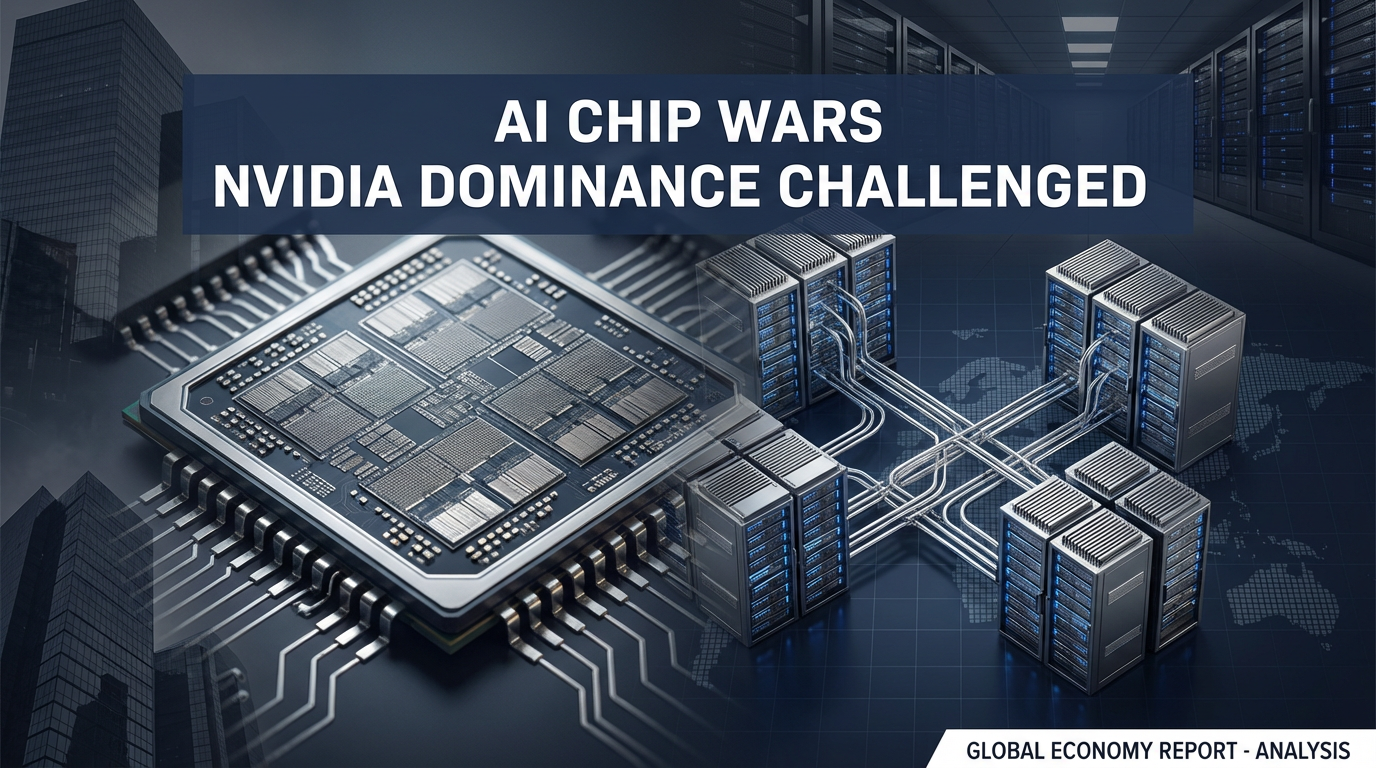● AI Chip War- US Could Win
Here's the English translation of the provided Korean text, with the specified changes:
In a field where global semiconductor companies such as Micron, Samsung Electronics, and SK Hynix are fiercely competing, let's delve into the key points of how the development and expansion of HBM memory will change the landscape of the AI and data center market.
[1] Competition with Micron
• Micron prioritizes supply to major customers such as AMD.
– Showing moves to reduce the technology gap
– Coupled with the U.S. government's support policy for Intel Foundry
– Suggesting the possibility of being used as a means to check Samsung Electronics and SK Hynix
• Formation of a new alliance structure with the existing semiconductor market order
– The emergence of a triangular alliance with Intel, Nvidia, and TSMC
– Focus on the ripple effect on the entire semiconductor ecosystem
[2] Technological Development Stage of HBM Memory
• Technical development process from HBM 3 to HBM 4
– Gradually improved interposer design and increased number of TSV holes in HBM 4 technology
– Aiming for twice the performance and capacity per generation according to the scaling law
• Future development plans for next-generation products such as HBM 5 and 6
– Strengthening links with GPUs and system semiconductors
– Preparing to overcome the limitations of existing memory structures and introduce new packaging techniques
[3] Technical Challenges and Solutions
• Packaging and interposer design
– Problems with height and area limitations of GPU and HBM
– Promoting optimization of space utilization through interposers and hybrid bonding techniques
• Cooling technology and heat management
– Heat problems due to HBM advancement, efficient management of heat dissipation is essential
– Exploring various cooling methods such as immersion cooling, using water or liquid nitrogen
• Building a memory network
– Proposal to combine a high-speed memory network at the back of HBM
– Reducing data transfer delays and maximizing overall system efficiency
[4] AI Era and System Semiconductor Strategy
• Highlighting the importance of HBM technology as the center of AI computing
– A key factor that determines the efficiency of data flow between GPU, CPU, and memory
– Significant impact on system semiconductor and data center design
• Securing future technology leadership
– Need to develop our own semiconductor weapons along with building AI autonomous models
– Seeking ways to improve global competitiveness through future investment and research and development
[5] Prospects and Strategic Implications
• Technological capabilities and strategic differences by company are expected to directly affect profitability.
– Micron takes the lead in early technology adoption, but stability is key
– Samsung Electronics and SK Hynix aim for continuous technological evolution by leveraging existing design and foundry experience
• Investment Perspective
– Pay attention not only to bonds but also to stocks and technology stocks related to semiconductors, AI, and data centers
– Need for systematic analysis and long-term forecasts for companies that will seize future market hegemony
< Summary >
HBM memory technology is expected to become the center of the global semiconductor competition structure.
The technology competition and market alliance structure between Micron, Samsung Electronics, and SK Hynix are expected to have a significant impact on the AI and data center market.
Solving technical challenges such as manufacturing packaging, interposer design, and cooling technology, along with innovation according to the scaling law, is emerging as an important task.
In the future, in the era of AI computing, the need to strengthen system semiconductor competitiveness and establish investment strategies is emphasized.
Global Semiconductor Market and HBM Memory Innovation
Market Competition Structure
Major semiconductor companies such as Micron, Samsung Electronics, and SK Hynix are competing in technology and fiercely competing to take the lead in the AI, GPU, and data center markets. All aspects of key words such as semiconductors, HBM, AI, data centers, and GPUs are included.
HBM Technology Development
Expected to evolve from HBM 3 to HBM 4, and next-generation HBM 5 and 6. Describes specific technical improvements such as interposer design, increasing the number of TSV holes, and the scaling law.
Technical Challenges and Solutions
Details technical challenges that must be overcome, such as packaging, cooling technology, and memory networks. Innovative solutions such as immersion cooling and hybrid bonding are being sought.
Future Strategy
Long-term investment and technology development are essential to secure leadership in AI computing and system semiconductors. Presents related investment strategies and competitiveness analysis by company.
[Related Articles: "HBM Memory Innovation" | "Semiconductor Strategy"]
*YouTube Source: [와이스트릿 – 지식과 자산의 복리효과]
– AI 반도체 패권이 미국에 넘어갈 수도…HBM 중심국 한국이 치고 나갈 유일한 방법 / 김정호 교수 (3부)



